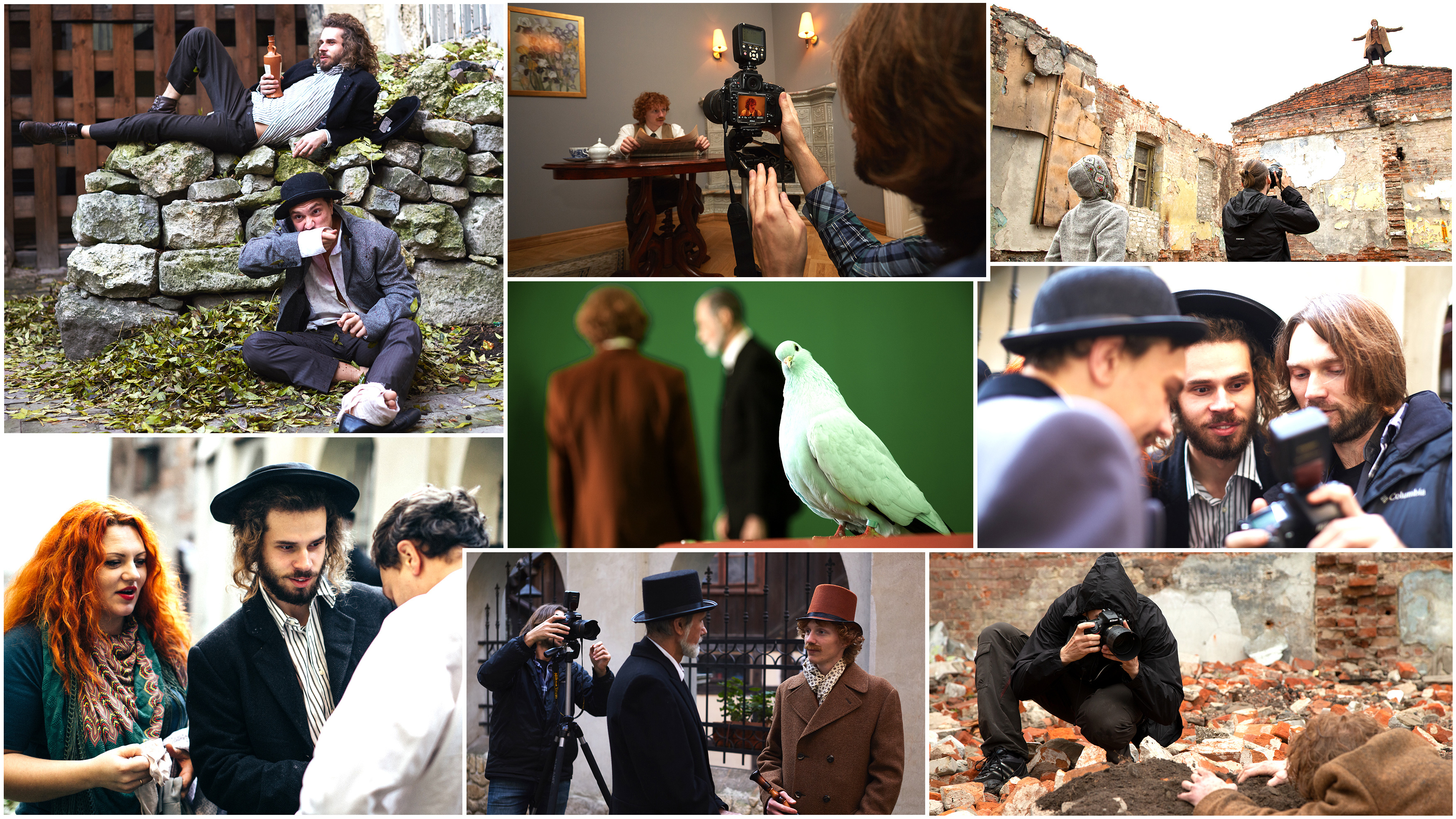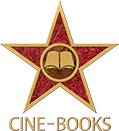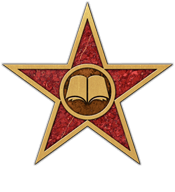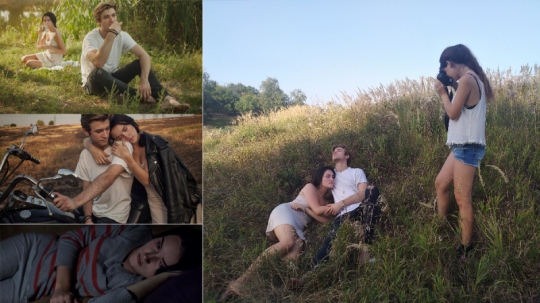
- How did you decide to become a director? What did you start with?
In the childhood I together with my brother had a puppet theatre. There were a lot of characters and each of them had their own temper and behavioral psychology. Every day we made up new events, complicated storylines with conflicts (however, we did not know the meanings of these words then). Something like a soap opera. When I grew up, I joined the theatre workshop. I used to be an actor, played in plays. Then I entered the university, the faculty of directing and kept on playing in plays.
- Why is the cine-books format interesting for a director? What distinguishes the cine-books format from theatre or cinema directing? What new experience did you get while shooting in this format?
Cine-books - is a fusion of photography and cinema. That is why the directing in this format is more related to the cinema directing: there are mainframes that reveal the main idea and theme of the story, they are to be emphasised. Some of the theatre schools also use this method - for example, the method of fast shutter is frequently used in Zholdak’s productions. However, classic theatre does not have this fragmentation or static - everything should be smooth. Shooting in the format of Cine-books gave me the main idea about photography, staging scenes within the frame, unique post production experience. Moreover, communication with professionals. That was the most important thing!
- “The Man Who Could Work Miracles” - the story by H.G. Wells. How was it to shoot the writing of such an outstanding classic writer, whose novels were filmed by Spielberg? What is your opinion, why is this story interesting for the modern viewer? How would you characterise this story - a horror, thriller, mystery, or philosophical tale?
“The Man Who Could Work Miracles” - by Herbert Wells is first of all a fantasy story but as all of his books with a moral. Ironic way of narration sometimes turns into sarcasm that thereby enhancing the effect, and it becomes clear to the viewer who is the main character and what can he bring on himself by his behaviour.
- The shooting of “The Man Who Could Work Miracles” took place in Lvov. How and why did the idea to choose this location appear? How did you choose the locations - in advance or after you came to Lvov; were there any restrictions in choosing and how much time did it take? Were there any surprises on locations or everything was as it had been planned?
The shooting of “The Man Who Could Work Miracles” took place in Lvov and Kharkov. Together with our photographer Igor Sobolev and artistic director Irina Magla we were looking at photos of potential locations. And when we came to Lvov we were exploring the streets, thinking which street will convey the atmosphere the best. While shooting in Kharkov we were walking together, so that every member of our crew will be able to judge whether this or that location is suitable for our idea and opportunities. There was one place where I went by myself, it was a church. For shooting the scene of Apocalypse we found a destroyed factory. By the way, while shooting this scene some marginal “local” characters who were picking up scrap metal appeared on the set. Sometimes they were supporting us in “their language”. They are funny guys, actually.
- Tell us, how were you getting ready for the shooting - what did you start with and what was considered at the last very moment? What was the most difficult about the preparation?
The beginning is always in the idea. Developing of the idea, screenplay and creating the storyboard. It occurred that I started working on this project when the crew (photographer Igor Sobolev and artistic director Irina Magla) had been already working on the project: they were choosing locations, deciding how to shoot particular scenes. I accepted everything and started with the idea. While preparing everything became clear, which things are necessary to be depicted and which are not. As it was my first project, first it was hard to plan what to do and where to look for the prop. However, everything was moving slowly.
- Tell us about the crew - who were working on the project and how were the tasks spread? What was your shooting day like?
While pre-production and production the artistic crew consisted of a photographer (Igor Sobolev), an artistic director (Irina Magla), and a director. The tasks were spread according to the position with a little deviation. Ira was looking for the necessary prop, costumes, then we were all together approving everything. Igor was setting the light so professionally, so that it would contribute to the whole composition of the frame, if the location required some additional effects. The shooting days were different. We could shoot all day long and could not shoot at all. Everything depends on whether, if these are scenes in the street. Everything is easier with the interior. We have a block of scenes that are to be shot today and we shoot them.
- Were you following the storyboard or were there moments for improvisation? Was it difficult to set the angles and light according to the storyboard?
I sometimes draw light within the storyboard, only if it is a crucial element much like an actor. Just a sketch of what actors are doing in this scene and how should the stand within the frame. The light is made by Igor with the help of flashes after my recommendations according to the atmosphere of the frame. As to improvisation, it is always appreciated. As soon as someone has an inspiration, we freely surrender to the flow.
- Which scene was the most difficult? What did you like the most about the shooting?
The most difficult scenes were in the priest’s room, which were shot on a green screen. It is difficult for actor to dive into the atmosphere and it is technically inconvenient. You absolutely depend on a computer. There were some props, but it was not enough. You need more: walls, streets, sky. It turns out that the improvisation with location is minimized.
you may also like
Interview with the winners in the nomination “Best Photo Story Without Text” 2018 Andrey Shurpin and Valerie Sagura...
NYFA alum Ivonne Garcia - the winner in the nomination "Best Photo Story With...
Lisa Lyashenko shared her most intimate facts of creating “With Love August”. Find out what was the reason for creating such a touching...








